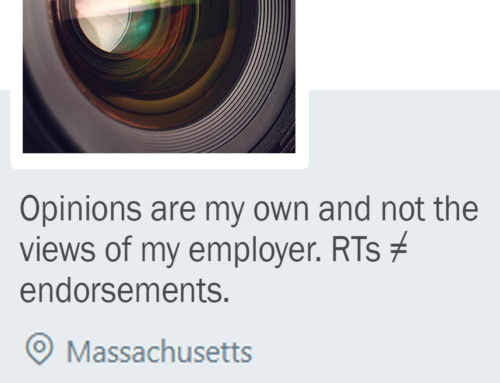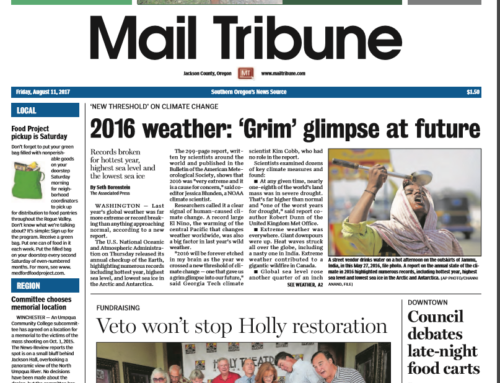A recent oversight in a small Kansas newspaper reopened a common discussion this week. What was meant to be an innocent story about students getting job experience turned into an NSFW headline, all because they forgot a dash. And the Internet went crazy.
Of course, for my network of journalists and media managers, this sparked a further discussion about our greatest fears when it comes to copy editing. Typos, spelling errors, forgotten letters that change the meaning of the word (Cue the “Hamilton” lyrics: “I noticed a comma in the middle of a phrase/ It changed the meaning. Did you intend this?”). We’ve all had those moments of panic.
In journalism, those occasional mistakes can slip by the edit desk. Most of the time, it gives readers a quick laugh, the newspaper blushes, and if necessary, admits the mistake. But what about those of us in media relations, who rely on perfect copy to land a pitch? It’s so important to demonstrate our professionalism through our writing, and one small slip could make or break our efforts.
So how do we prevent these mistakes in our work? Based on my own experience as a journalist, here are a few tips:
- Read your writing out loud. Not only does this help you catch those missing words or spelling errors, it also helps you to making your sentences sound more natural. Reading out loud, even just an email, gives you an opportunity to fine tune what you want to say.
- Cut out the extra. When pitching a reporter, we need to get our message across quickly. In first drafts, writers tend to get wordy, so when you read through your second and third versions, ID the words, sentences, or phrases that seem too much. You don’t want to make the journalist dig through 500 words for a two-sentence pitch.
- Avoid repeating the same word in a sentence. Using the same word twice shows a lack of creativity and professionalism.
- Don’t rush. Mistakes happen when we work fast. Be sure to take your time with every step of writing copy, whether it’s a tweet, an email or a blog.
- When in doubt, get a second set of eyes. Have someone help look over any copy you produce, even if it’s just a stubborn word that looks wrong. Getting a second opinion always helps.
- Bonus Tip: Perfect your formatting. This is not so much about the actual writing as it is about packaging an email. When reaching out to a reporter, make sure you have a standard format for your press releases. If you include an image, make sure to provide a caption with the names of any people in the photo. And never, ever send a press release in a PDF format—when I was a reporter, this was the worst. I always felt like Michael Scott dining with the mafia: “If it’s a PDF, I send it back.”
-30-




